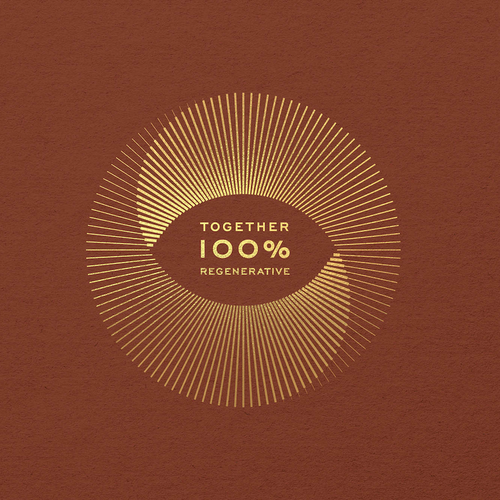White cacaos like the Piura Blanco only make up around 0.1 percent of the world's harvest. They are therefore very rare and immensely sought after by cacao producers and chocolate experts. Most noticeably, their ivory colored beans taste less bitter. The brown coloring agents of average cocoas contain bitter substances. A less bitter cacao bean allows for the finer aromas to flourish. In Piura, the interplay of genetics and lack of water in the desert seem to have combined to make one of the finest white beans available.
But how did the Blanco come to be? There is no simple answer. Cacao genetic experts believe that the Piura Blanco is an “albino” mutation of an older native cacao of which only the “albino” offspring survived in the forgotten corner of the dry Piura Valley.
Legend has it that the Moche or their immediate predecessor culture roamed the Amazonas, picked up a few trees with white cacao beans, took them to the other side of the Andes and planted them there. Today, about 2,000 years later, we have the white albino bean - Piura Blanco.
When we rediscovered this cacao together with our friends from Cepicafe, only a few cacao fields existed in the region with no more than a few thousand ancestral trees left. Together with the Peruvian Cacao Association and Cepicafe (Coop Norandino) we started selecting trees in 2009 and after three years of painstakingly evaluating more than 1000 trees for their potential as mother tree of the coming generations in terms of aroma profile, productivity and white beans, we raised our selection in a dedicated clonal garden.
After additional years of on-field observation, there now exists a 2 hectare cacao library of the eight purest “mothers”. We want to preserve them for the future and have their genetic material available for reforestation projects and local cacao growers who want to switch into fine cacao farming.
The genetic taxonomy of cacao varieties is much in flux, since growers and scientists are beginning to add their rare beans to the general pool of cacao knowledge. Scientists map them in so-called genetic clusters. Eleven such clusters are now documented, but new ones are being mapped as we speak. The Piura Blanco is currently ranked in the Arriba Nacional cluster.
The rediscovery and effort to preserve the Piura Blanco has saved a rare bean from extinction and offered new economic outlooks to the growers and citizens of Piura. Many families have switched from farming rice and corn under meagre economic and ecological circumstances to growing cacao in diverse forests.
Other positive changes over time have been the positive environmental impact due to the cacao forest building which has created buffer zones to native dry forests. Plus the development of better yields have led to better income amongst cacao growers. And naturally the growth of better cacao results in growers being proud of their cacao crops and locals wanting to consume more of their native fineness of hot chocolate.
In order to retain young growers who are leaving the villages to seek their luck in the cities, we measure our own success in attracting the next generation of growers. One of Original Beans local partners in Piura is an expert in providing training to future cacao growers in all sorts of tasks: from organic farming to agroforestry, nursery management and grafting cacao trees.
Under Original Beans’ One Bar : One Tree programme we have teamed up with a local youth organization. We help them with money and materials to set up and run a tree nursery from which they later sell seedlings not only for cacao, but valuable timber, fruits and other native tree species. Up Since 2016 these youths have grown well over 750.000 trees, of which 500.000 native tree species and 250.000 fruit trees.
Another project to motivate the young is the women's cooperative Puerta Pulache. Most members are young women who manufacture fertilizers for growing cacao. These fertilizers ensure better productivity and continue organic growth. The female entrepreneurs produce 30-40 tons of organic fertilizer a year, which they sell to the growers in Piura and beyond.
Future projects in Piura are in the pipeline, but of course are a matter of funding, too. Due to Original Beans higher direct trade prices, we can pay a premium for all our cacao beans including the One Bar : One Tree contribution. Over the years, Piura’s local municipal administrations have recognized the positive impact of Original Beans supported projects and often decide to contribute to their funding as well.
The story of regeneration of communities and lands is as multifaceted as it is worthwhile. At least, that’s how we think of it … and hope you share our perspective. Who would have thought that a journey across Piura’s desert nearly 15 years ago might encourage such profound changes and developments? Certainly not the UN guy who was just about to dive into the unknown of craft cacao. Nor anyone else in Piura who grew and planted and worked the land and the beans to bring to you the simplicity of good food.
If you like, take a piece of Piura 75% now, close your eyes and with a little imagination you can travel yourself to where the white cacao beans grow.







